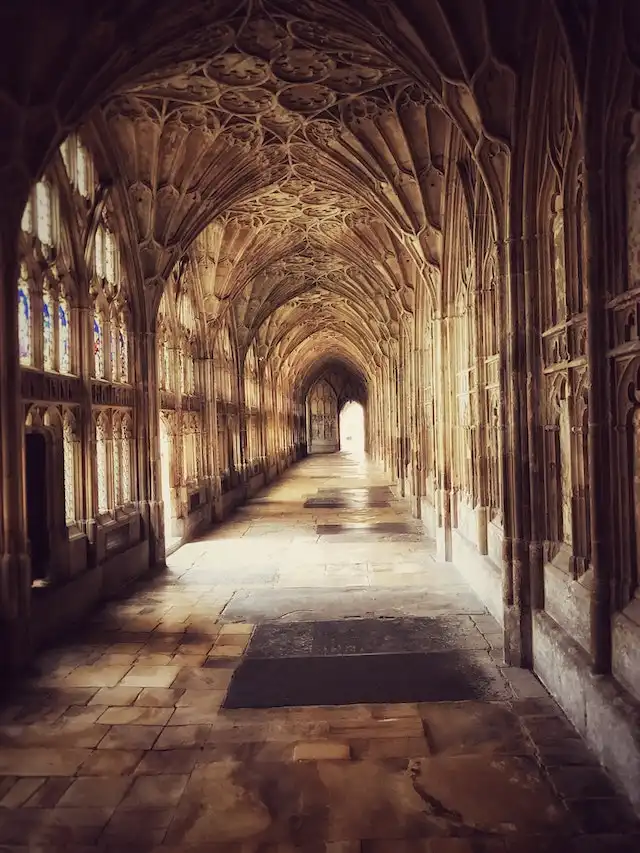Art, an intrinsic facet of human expression, has woven its vibrant threads through the annals of history. Over time, a tapestry of art movements has unfurled, each bearing its distinct attributes, philosophies, and contributions to the world of creativity. From the Renaissance era to the advent of Modernism, the evolution of art movements has been a captivating odyssey, mirroring the ever-shifting cultural, social, and political currents of different epochs. This article embarks on an enthralling exploration of these pivotal art movements, delving into their defining characteristics and how they have indelibly shaped the artistic realm we behold today.
- The Renaissance (14th to 17th centuries) The Renaissance, spanning the 14th to 17th centuries, stands as an epoch-defining chapter in art history. Originating in Italy, this era of artistic reawakening marked a departure from medieval styles. With an ardent embrace of classical Greek and Roman art and a reverence for humanism, Renaissance artists cast their focus upon the splendor of the natural world and the human anatomy. Visionaries like Leonardo da Vinci, Michelangelo, and Raphael embodied the spirit of the age, producing works characterized by realistic proportions, perspective, and a profound individuality within their subjects.
- Baroque (17th to 18th centuries) In the aftermath of the Renaissance, the Baroque movement emerged, spanning the 17th and 18th centuries. The Baroque ethos exuded grandeur, drama, and a theatrical aura. Artists such as Caravaggio and Peter Paul Rubens harnessed contrasts of light and shadow to render scenes pulsating with dynamic energy. Themes of religion and mythology often dominated Baroque art, the fervent brushstrokes and emotive techniques eliciting intense viewer engagement.
- Rococo (18th century) The Rococo movement, flourishing in the 18th century, introduced an era of elegance and ornate embellishments. Characterized by its predilection for pastel hues and lavish decorations, Rococo art diverged from the Baroque’s grandiosity. Themes of romance, love, and leisure took center stage in artworks by luminaries like Antoine Watteau and François Boucher, exuding a light-hearted and whimsical charm.
- “Neoclassical Era (Late 18th to Early 19th Centuries)”Emerging as a reaction to the extravagance of Rococo, Neoclassicism ascended in the late 18th century, harkening back to the artistic virtues of ancient Greece and Rome. Jacques-Louis David and his contemporaries sought to evoke the ideals of bygone civilizations, amplifying themes of heroism, patriotism, and moral rectitude. Clean lines, balanced compositions, and an affinity for historical and mythological subjects defined Neoclassical works.
- Romanticism (late 18th to mid-19th centuries) Romanticism, spanning the late 18th to mid-19th centuries, emerged as a fervent departure from Neoclassicism’s rationalism. Celebrating individualism, emotions, and the awe of nature, Romantic artists like Caspar David Friedrich and J.M.W. Turner breathed life into landscapes and explored the depths of the human psyche. The canvas became a realm for dramatic narratives, mysticism, and passionate sentiments.
- Realism (mid-19th century) The mid-19th century saw the rise of Realism, a movement reacting against the idealism of Romanticism and Neoclassicism. Artists such as Gustave Courbet and Édouard Manet sought to portray the everyday truthfully and objectively. Realist works delved into the lives of common people, often shedding light on social issues and the realities of the working class.
- Impressionism (late 19th century) Impressionism, born in the late 19th century, marked a revolutionary approach to capturing light and color. Pioneered by Claude Monet, Pierre-Auguste Renoir, and Edgar Degas, this movement portrayed everyday life and landscapes with a fresh perspective. Employing loose brushwork and a focus on light’s effects, Impressionists transcended traditional boundaries, influencing modern art profoundly.
- “Post-Impressionist Movement (Late 19th to Early 20th Centuries)”
Following Impressionism, Post-Impressionism introduced artists like Vincent van Gogh and Paul Cézanne, who built upon earlier innovations. While preserving Impressionist elements, Post-Impressionists ventured into new realms of form, color, and perspective. Bold, non- naturalistic hues communicated emotions and meanings with a heightened intensity.
- Cubism (early 20th century) Cubism, the brainchild of Pablo Picasso and Georges Braque in the early 20th century, shattered artistic conventions. By depicting subjects from multiple angles simultaneously, artists fractured and reassembled forms into abstract geometries. This revolutionary approach challenged perceptions, birthing a multidimensional representation of reality.
- Surrealism (early to mid-20th century) Emerging in the early 20th century, Surrealism plumbed the depths of the subconscious and dreams. Led by Salvador Dalí, René Magritte, and Joan Miró, Surrealists conjured enigmatic and dreamlike imagery. Unlikely juxtapositions ignited mystery, inviting profound contemplation.
- Abstract Expressionism (mid-20th century) Abstract Expressionism, a response to WWII’s turmoil, blossomed in the mid-20th century. Artists like Jackson Pollock and Willem



